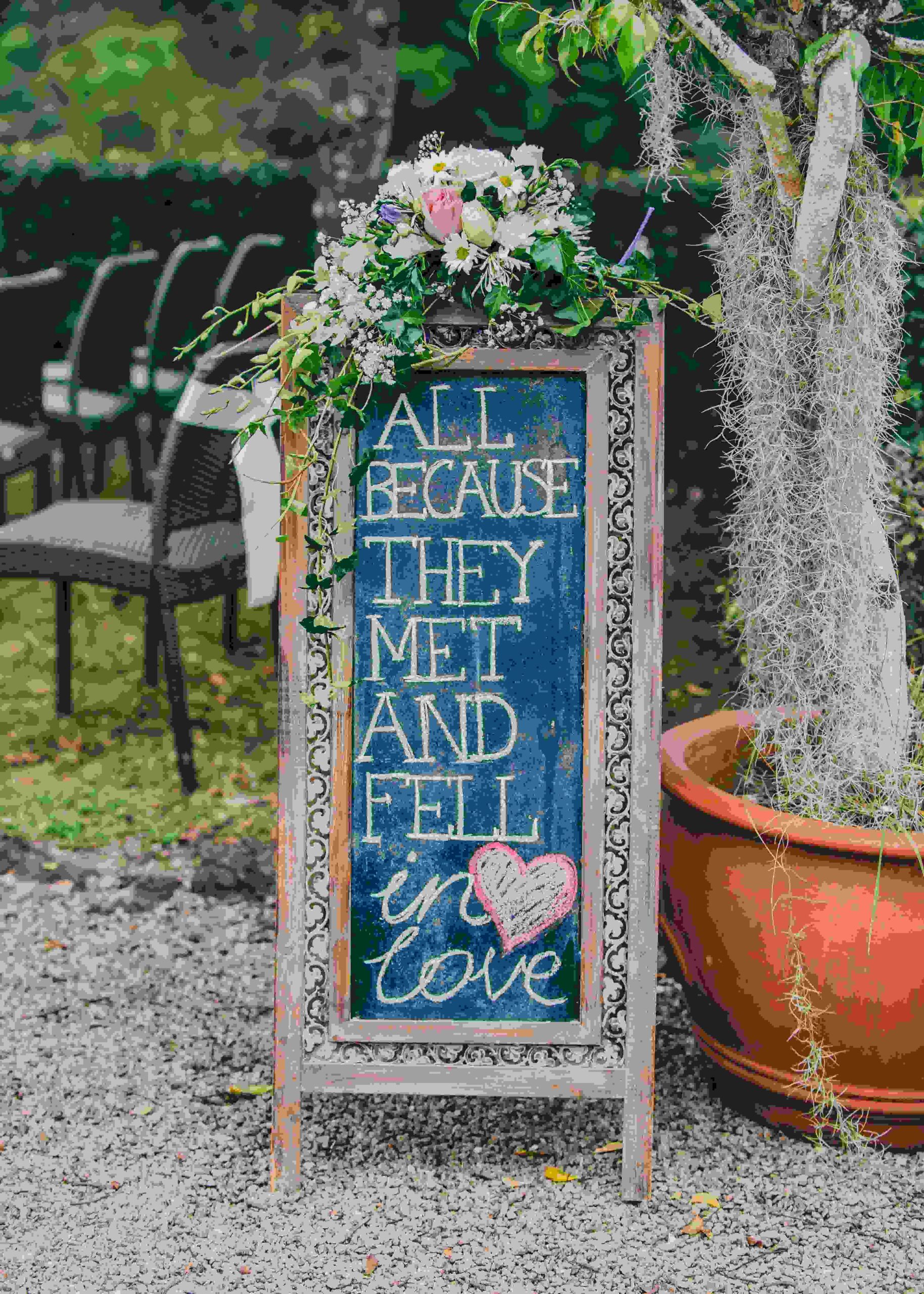So you’ve got a friend you can’t stop thinking about. You love hanging out together, you share endless laughs, and you just click on a level that feels different than your other friendships.
Could this be something more? Many of us have been in this tricky situation before – let’s learn to deal properly!
This comprehensive guide will walk you through the key steps for turning a friend into a girlfriend or boyfriend. We’ll cover:
- Recognizing the signs your friendship is growing into more
- Evaluating if you’re ready for a relationship
- Expressing romantic interest tactfully
- Making the transition smoothly
- Overcoming common challenges
- Building a solid foundation as a couple
- What to do if it doesn’t work out
Read this article, and you’ll know exactly how to go from friends to dating smoothly.
Signs Your Friendship Is Turning Into Something More
Before making any bold moves, it’s important to look for clues that your friend may share your hidden romantic feelings. Some subtle signs include:
- You find excuses to touch them affectionately or sit close together
- You feel shy, excited, or giddy around them
- Your conversations turn from platonic to more intimate and personal
- You feel jealous when they talk about or date other people
- There’s an underlying sexual tension or electricity between you
Sometimes a spark grows over time from a deeper emotional bond. Pay attention and you may notice the subtle transition from platonic to romantic feelings.
[If you’re unsure about the nature of your feelings, learning about the distinctions between platonic and romantic love can provide clarity.]
How to Assess if You’re Ready to Take the Next Step
Before expressing interest, reflect honestly on what you both want and if you’re ready for more. Things to consider:
- Evaluate Your Core Friendship
Do you have a solid foundation of trust, care, and compatibility that could transfer into a relationship? Or are there issues needing resolution first?
- Consider What You’d Gain and Lose
How might dating enrich your connection? But also reflect on risks, like losing the friendship if it doesn’t work out. Weigh the pros and cons.
- Decide if You’re Open to a Relationship
Do you truly want commitment, intimacy, and exclusivity with them? Or are you craving closeness after a breakup or dry spell? Don’t pursue romance unless you want the whole package.
- Assess External Factors Like Timing and Distance
Consider logistics. Are you both available and emotionally ready for a relationship? Or is now a bad time due to life stresses or physical distance that limits quality time together?
- Gauge Their Interest Too
Do they also display signs of wanting romance, like protectiveness, possessiveness or subtly initiating more closeness? Or do they seem fulfilled with friendship for now?
- Visualize Converting From Friends to Lovers
Imagine cuddling, hand-holding, saying “I love you.” Picturing this helps assess if it feels right, exciting, aligned, or unnatural.
If unsure, take time for deeper reflection. But if you feel ready, it’s time to subtly signal your interest.
Effective Ways to Express Your Interest in Dating
Once you’ve determined that you’re ready to take the next step, it’s time to express your interest. Here are some approaches to consider:
The Subtle Approach
- Increase physical touch: Gradually introduce more casual touches, like a hand on the arm during conversation.
- Compliment more frequently: Pay genuine compliments that go beyond friendship, focusing on their attractive qualities.
- Show more interest in their life: Ask deeper questions about their dreams, fears, and aspirations.
The Direct Approach
- Have an honest conversation: Choose a private moment to express your feelings openly.
- Use “I” statements: Frame your feelings in terms of your own experience, like “I’ve realized that I have feelings for you beyond friendship.”
- Be prepared for any response: Stay calm and composed, regardless of their reaction.
The Playful Approach
- Use humor: Joke about dating each other and gauge their reaction.
- Create romantic scenarios: Suggest hypothetical date ideas and see how they respond.
- Flirt lightly: Introduce some light flirting to test the waters.
The Group Setting Approach
- Seek support from mutual friends: Confide in trusted friends who might help create opportunities for you two.
- Organize group activities: Plan events that allow for one-on-one time within a group setting.
- Observe their behavior: Pay attention to how they act around you compared to others in the group.
Steps to Transition from Friends to Dating Smoothly
Once you’ve expressed your interest and received a positive response, follow these steps to ensure a smooth transition:
- Talk about what you both want to clarify you’re on the same page about giving romance a chance. Mutual consent must come first.
- Set some boundaries and ground rules so the progression feels comfortable and natural for both of you. Don’t let impatience rush things faster than either is ready for.
- Balance couple time with friend time. Make sure to also maintain your original platonic friendship activities you both enjoy.
- Have ongoing check-ins on how you each feel it’s progressing. Adjust the pace and interactions accordingly.
- Publicly clarify your new status to avoid confusion among your other friends. Don’t hide the change in dynamic.
- Don’t spend every free moment together enjoying independence too. Absence makes the heart grow fonder.
- Take it slowly. Let intimacy build progressively from light PDA to eventually spending nights together. Let things unfold organically.
- Appreciate your existing connection, don’t take it for granted. Nurture what made your friendship special.
Follow these pointers and the shift from friends to partners will seem exciting yet natural.
[For those who may be rusty in the dating world, here are some helpful guidelines on getting back into dating that can ease the transition.]
How to Overcome Challenges in the Early Stages of Dating
The path from friendship to romance has advantages but also some unique hurdles to navigate:
Setting Boundaries
It can be awkward transitioning from the comfortable intimacy of friendship to the new boundaries of coupledom. Openly communicating about needs prevents confusion.
Learning a Different Side of Someone
Seeing someone as a romantic partner rather than a platonic buddy means getting to know new sides of them. Embrace this journey of discovery.
Handling Feelings of Jealousy/Possessiveness
You may feel irrationally jealous at times of their past relationships or current friendships. This protectiveness comes from caring, but don’t let it become unhealthy suspicion.
Navigating Physical Intimacy
Determining the right time and comfort level for increased physical closeness requires patience and care. Rushing too fast can put pressure on the relationship.
Balancing Role Changes
As you become lovers as well as friends, you take on new roles. Make sure your original friendship identity doesn’t get lost in the shuffle.
Managing Expectations
Avoid putting your friend-turned-partner on a pedestal. Make sure your romantic expectations are realistic and fair.
With openness and understanding, you can overcome these common hurdles on the journey to lasting coupled bliss.
Tips for Building a Strong Romantic Relationship from a Friendship
If you take the transition slowly and thoughtfully, your existing friendship foundation can become an incredibly strong basis for an amazing long-term relationship.
Here are tips for building relationship success:
- Make trust, care, respect, honesty, and effective communication high priorities.
- Bond through both emotional and physical intimacy. Have deep talks and passionate sex.
- Set aside regular quality time to nurture the romance. Plan weekly date nights.
- Try new adventures together outside your comfort zones to spark excitement.
- Support each other’s independent interests and friendships outside the relationship. Allow breathing room.
- Work as a team to achieve shared goals and dreams. Make plans for the future.
- Appreciate each other’s quirks. Don’t lose the ability to laugh together.
- Have mutual interests but also embrace what makes you unique individuals.
- Fight fair during disagreements, with empathy and no insults. Don’t hold grudges.
- Maintain perspective if going through troubled times. Remember your care and history as friends.
- Keep flirting and dating to keep the spark alive. Never take the romance for granted.
By leveraging your friendship bond, stellar communication skills, and emotional maturity, you’re poised for incredible relationship success.
What to Do if the Transition Doesn’t Work Out
Not every friendship that turns romantic lasts forever. If you did your best to transition carefully, a breakup doesn’t have to ruin what you had as friends.
Here’s how to preserve the friendship if romance falls flat:
- Have a respectful, thoughtful breakup conversation explaining why it’s not working for you. Hear them out too.
- Take space and time apart to process the loss of the romance before attempting to be platonic buddies again. Don’t force it.
- Release resentment and blame. Accept incompatibilities happen. Neither of you necessarily did anything wrong.
- Once the hurt dulls, meet in person to determine if resurrecting the friendship is viable or still too raw. Test the waters.
- Set new platonic boundaries to prevent blurred lines or falling into previous couple routines that could rekindle false hope.
- Don’t attempt to be good friends again until any lingering romantic feelings have faded on both sides.
- Accept it may take time to find the easy rhythm of your pre-dating friendship again. Be patient.
- Cut ties permanently if one of you can’t move past the hurt or jealousy. Sometimes friendships just run their course.
Not every romance blooms from friendship, but the ones that do can be incredibly rewarding. With communication, self-awareness, and care, you may discover an amazing new love with someone you already adore.
The Bottom Line
Turning a friend into a lover or lifelong partner is a tricky transition, but immensely worthwhile when it works out. To traverse the journey successfully:
- Assess signs they may share your feelings before expressing interest.
- Evaluate your readiness for the shift to romance. Make sure you’re both available and willing.
- Flirt more, compliment, and ask them on a real date when it feels right. Or have an honest heart-to-heart talk about your developing feelings.
- Ease into a new phase with reasonable expectations. Go slowly.
- Communicate and check in frequently to prevent awkwardness.
- Don’t forget to nurture the friendship roots throughout the relationship.
- If it doesn’t work out, take space before attempting to revive the platonic friendship.
With care, courage, and openness, you can cultivate an amazing romantic adventure with someone who already holds a special place in your heart.
Wishing you the very best!

